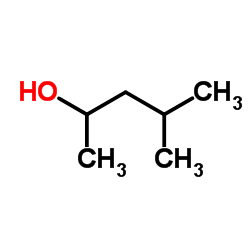Selective separation of virgin and post-consumer polymers (PET and PVC) by flotation method.
Firat Burat, Ali Güney, M Olgaç Kangal
Index: Waste Manag. 29(6) , 1807-13, (2009)
Full Text: HTML
Abstract
More and more polymer wastes are generated by industry and householders today. Recycling is an important process to reduce the amount of waste resulting from human activities. Currently, recycling technologies use relatively homogeneous polymers because hand-sorting waste is costly. Many promising technologies are being investigated for separating mixed thermoplastics, but they are still uneconomical and unreliable. At present, most waste polymers cause serious environmental problems. Burning polymers for recycling is not practiced since poisonous gases are released during the burning process. Particularly, polyvinyl chloride (PVC) materials among waste polymers generate hazardous HCl gas, dioxins containing Cl, etc., which lead to air pollution and shorten the life of the incinerator. In addition, they make other polymers difficult to recycle. Both polyethylene terephthalate (PET) and PVC have densities of 1.30-1.35g /cm(3) and cannot be separated using conventional gravity separation techniques. For this reason, polymer recycling needs new techniques. Among these techniques, froth flotation, which is also used in mineral processing, can be useful because of its low cost and simplicity. The main objective of this research is to recycle PET and PVC selectively from post-consumer polymer wastes and virgin polymers by using froth flotation. According to the results, all PVC particles were floated with 98.8% efficiency in virgin polymer separation while PET particles were obtained with 99.7% purity and 57.0% efficiency in post-consumer polymer separation.
Related Compounds
| Structure | Name/CAS No. | Molecular Formula | Articles |
|---|---|---|---|
 |
4-Methylpentan-2-ol
CAS:108-11-2 |
C6H14O |
|
Convenient QSAR model for predicting the complexation of str...
2009-01-01 [Bioorg. Med. Chem. 17 , 896-904, (2009)] |
|
Optimal design of experiments applied to headspace solid pha...
2015-08-05 [Anal. Chim. Acta 887 , 101-10, (2015)] |
|
Activation of EZH2 and SUZ12 Regulated by E2F1 Predicts the ...
2015-12-01 [Clin. Cancer Res. 21 , 5391-403, (2015)] |
|
Fragrance material review on 4-methyl-2-pentanol.
2010-07-01 [Food Chem. Toxicol. 48 Suppl 4 , S55-9, (2010)] |
|
Unusual dielectric strength of Debye relaxation in monohydro...
2012-09-20 [J. Phys. Chem. B 116(37) , 11482-7, (2012)] |